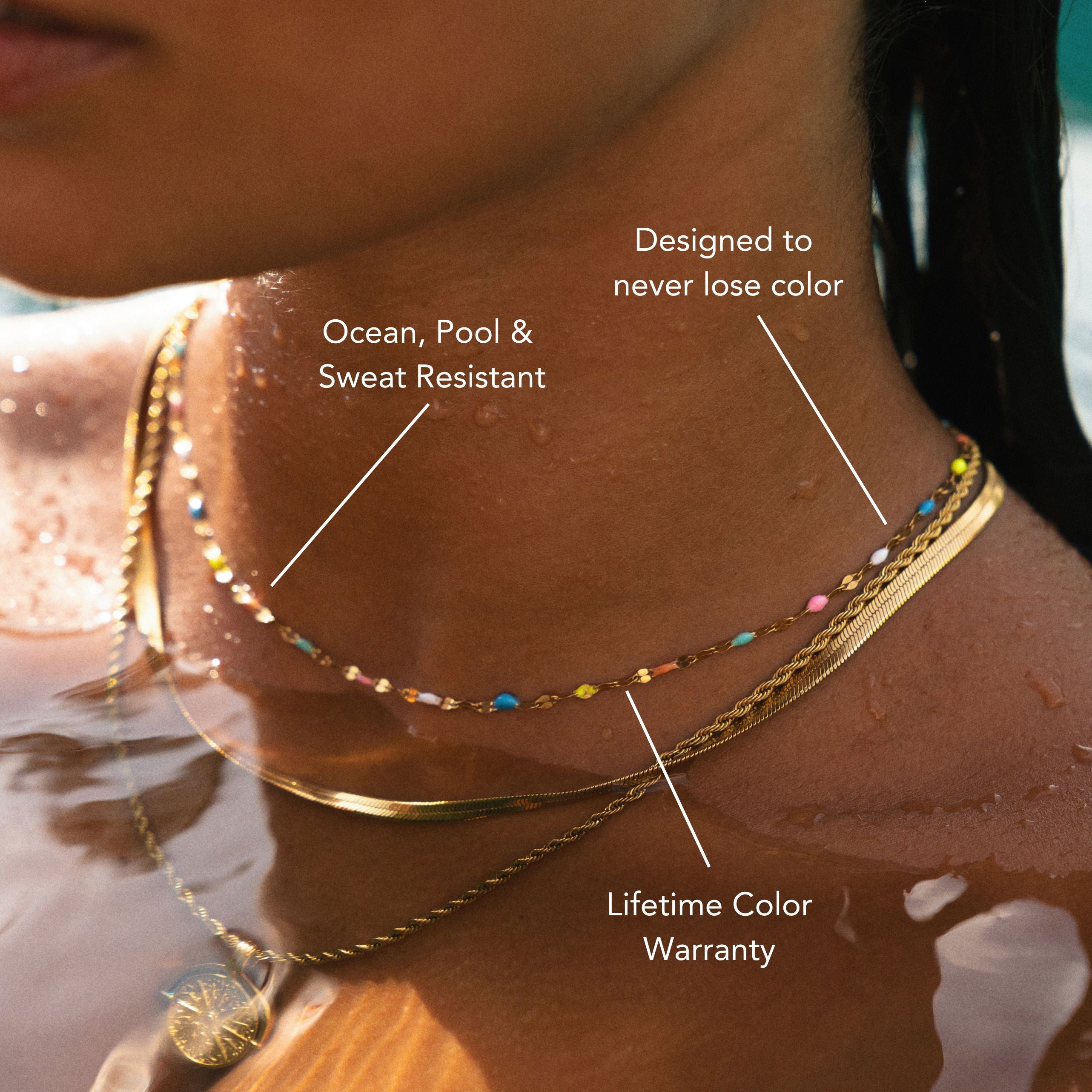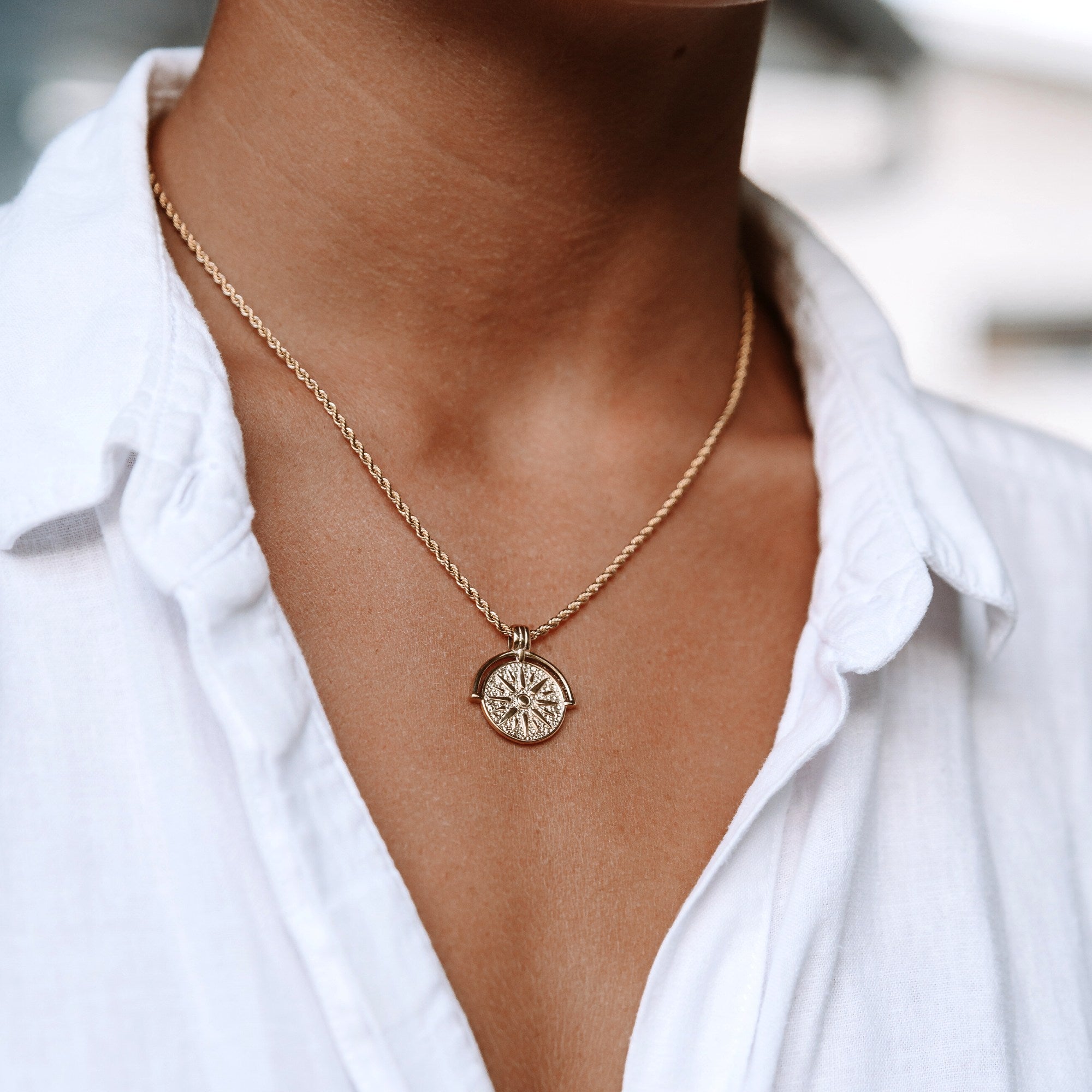
How to Polish Gemstones at Home Easily
How to polish gemstones at home? To polish gemstones at home easily, you need to start with the right tools, like a rotary tool, sanding discs, and polishing compounds suited for your stone's hardness. Clean your gemstones with mild soap and a soft brush to remove impurities. Shape the stones using coarse grits, then progress to finer ones. For polishing, use a polishing wheel for hard stones, or apply a chemical polishing agent for softer ones. Always inspect your gems under bright light for imperfections before finishing. By mastering these essentials, you'll enhance your stones' shine further as you explore various techniques in our Tarnish-Free Jewelry collection.
Understanding Gemstone Types
When it comes to polishing gemstones at home, understanding the different types of gemstones is essential. Each type has unique characteristics that affect how you should approach polishing. Gemstones fall mainly into two categories: precious and semi-precious.
Precious stones, like diamonds and rubies, are rarer and generally require more specialized techniques for effective polishing. Semi-precious stones, such as amethyst and garnet, are more common and often easier to work with.
You're also going to want to familiarize yourself with gemstone identification. This process involves recognizing the hardness, clarity, and color of each stone, which are vital for determining the appropriate polishing methods.
For instance, harder stones require more advanced tools, while softer stones need gentle handling.
Additionally, consider the metaphysical properties associated with each gemstone. Many believe that stones like rose quartz promote love and healing, while others, like black tourmaline, are thought to provide protection.
Knowing these properties can guide you in selecting the right gemstone for your needs and enhance your overall experience in polishing them at home.
Essential Tools and Materials
To successfully polish gemstones at home, you'll need specific tools and materials that guarantee a professional finish.
Essential tools include a rotary tool, various sanding discs, and a polishing cloth, while recommended polishing materials often comprise diamond paste and cerium oxide.
Gathering these items will set you up for an effective polishing process.
Must-Have Tools
Before diving into the art of polishing gemstones at home, gathering the right tools and materials is vital for achieving the best results. Start with a sturdy work surface and make sure you have proper lighting.
A set of diamond pads in various grits is essential, as they allow you to employ effective polishing techniques for different types of stones. You'll also need a rotary tool or a Dremel for efficient polishing; these will help you reach the desired finish with precision.
Don't forget about gemstone safety. Always wear safety goggles and a dust mask to protect yourself from particles that may arise during the polishing process. A pair of gloves is also recommended to prevent skin contact with any harmful substances.
Additionally, a soft cloth is necessary for the final buffing stages, while a spray bottle filled with water will keep your workspace clean and your gemstones cool during polishing.
With these must-have tools, you're well-equipped to achieve that brilliant shine on your gemstones. Remember, investing in quality tools enhances your polishing experience and guarantees the longevity of your gemstones.
Recommended Polishing Materials
Polishing gemstones requires specific materials that complement your tools and enhance the polishing process. To achieve a high-quality finish, you'll need the right polishing compounds and polishing wheels.
Start by selecting polishing compounds suited for the type of gemstone you're working with. For softer stones like opals or turquoise, opt for a gentler compound such as cerium oxide. For harder stones, like quartz or sapphires, use diamond paste or aluminum oxide for more aggressive polishing. These compounds will help you achieve a high luster and smooth surface.
Next, choose polishing wheels that match your polishing compounds. Felt wheels are excellent for applying compounds and achieving a fine polish, while harder wheels, like those made from rubber or metal, are ideal for initial shaping and rough polishing. Verify that wheels are compatible with your polishing machine, as this will affect the efficiency of your polishing process.
Always remember to clean your gemstones between different polishing stages to avoid contamination. By using the right polishing compounds and polishing wheels, you'll enhance the appearance of your gemstones and achieve professional results right at home.
Preparing Your Workspace
Setting up a proper workspace is vital for successfully polishing gemstones at home. Begin by selecting a flat, sturdy surface that's well-lit and free from distractions. A table or a workbench is ideal.
Good workspace organization is important; keep all your polishing materials, tools, and gemstones within arm's reach to enhance efficiency.
Before you get started, take necessary safety precautions. Wear protective eyewear to shield your eyes from dust or debris, and consider using a dust mask to avoid inhaling fine particles during the polishing process.
Confirm your workspace is well-ventilated, especially if you're using chemicals or substances that produce fumes.
Organize your materials into designated areas. For example, place your rough gemstones in one section, polishing compounds in another, and cleaning supplies nearby. This not only streamlines the process but also minimizes the risk of misplacing items.
Lastly, keep a clean cloth or paper towels handy to wipe down surfaces and tools as you work. A tidy workspace not only promotes safety but also contributes to better results in your gemstone polishing endeavors.
Initial Cleaning of Gemstones
Before you start polishing your gemstones, you need to clean them properly.
Gather essential cleaning supplies like a soft brush, mild soap, and warm water to guarantee you remove dirt and grime effectively.
Understanding the right cleaning techniques will help preserve the integrity of your gemstones during this initial phase.
Gathering Cleaning Supplies
Starting the initial cleaning of your gemstones requires gathering the right supplies to assure effective and safe results. First, identify the types of gemstones you'll be cleaning. Different stones have varying hardness and chemical compositions, so gemstone identification is essential to avoid damage during the cleaning process.
You'll need a few fundamental supplies. Start with a soft brush, like a toothbrush, to remove surface dirt. A bowl of warm water mixed with mild soap is ideal for soaking your gemstones. Confirm the soap is non-abrasive to prevent scratching. If you're dealing with particularly dirty gemstones, consider using a small amount of vinegar or baking soda, but always perform a test on a small area first.
Safety precautions are critical; wear gloves to protect your hands and goggles to shield your eyes from splashes. Avoid using harsh chemicals, as they can harm both the gemstones and your skin.
Cleaning Techniques Explained
To effectively clean gemstones, you'll want to employ specific techniques that cater to their unique properties.
Start by identifying the gemstone type, as different materials require different approaches. For example, softer stones like opal and turquoise can be damaged by harsh chemicals or abrasive tools. Instead, use a soft, lint-free cloth and warm, soapy water for these gems.
For harder gemstones like diamonds or sapphires, a mixture of mild detergent and water works well. Soak the stone for a few minutes, then gently scrub it with a soft toothbrush to remove dirt and grime. Rinse thoroughly under lukewarm water, ensuring no soap residue remains.
Your cleaning frequency depends on your gemstone properties and how often you wear them. If you wear your jewelry daily, consider cleaning it every few weeks. For pieces worn less often, a quarterly cleaning might suffice.
Always dry your gemstones completely to prevent moisture-related issues.
Shaping and Grinding Techniques
When you're ready to shape and grind your gemstones, having the right tools and techniques is crucial for achieving a smooth and polished finish.
Start by selecting appropriate lapidary equipment, such as a diamond saw for cutting rough gemstones into manageable sizes. Ascertain your blades are sharp and suitable for the specific type of stone you're working with.
Next, use a grinding wheel or lapidary grinder to refine the shape of your gemstones. Begin with a coarse grit to remove any rough edges and gradually progress to finer grits for smoothing the surface. Pay attention to the angle and pressure you apply; consistent, even pressure will yield better results.
For intricate shapes or detailed carvings, consider using a rotary tool equipped with various bits. This technique allows for greater precision in shaping your gemstones.
Always keep your work area clean and organized, as debris can scratch your stones during the shaping process.
Polishing Methods Explained
Achieving a brilliant polish on your gemstones requires understanding various polishing methods that cater to different types of stones and desired finishes. You'll primarily encounter three polishing techniques: mechanical, chemical, and tumbling.
Mechanical polishing involves using a polishing wheel or pad with a fine abrasive compound. This method is effective for harder stones like quartz and sapphires, as it can produce high-gloss finishes. Confirm you maintain even pressure to avoid uneven surfaces.
Chemical polishing, on the other hand, uses specific solutions to dissolve microscopic layers of the stone's surface. This technique works best on softer stones, yielding a smooth, glossy finish without the risk of scratching. Research the appropriate chemical agents for your specific gemstone to avoid damage.
Lastly, tumbling is a popular method for polishing multiple stones simultaneously. You can place your gemstones in a tumbler with abrasive grit and let it run for several days. This method is particularly effective for polishing small stones, resulting in rounded, smooth gemstone finishes.
Final Touches and Inspection
After polishing your gemstones, the final touches and thorough inspection are essential steps to confirm a perfect finish.
Start by examining each gemstone under a bright light to identify any remaining scratches or imperfections. Your goal is to ascertain that the surface is smooth and reflects light uniformly.
For any flaws you spot, employ touch up techniques. Use a finer grit sandpaper or a specific polishing compound that matches your previous polishing method. Apply it gently to the affected areas, then buff it out using a soft cloth or a polishing wheel.
Take your time—rushing can lead to more scratches or uneven surfaces.
Once you've addressed any issues, conduct a final inspection. Look for clarity in the stone and ascertain that it shines as intended.
Don't forget to inspect the edges and corners, as these areas can often be overlooked.
Storing Your Polished Gemstones
Once you've secured your gemstones are polished to perfection, proper storage becomes an essential consideration to maintain their luster and prevent damage.
First, guarantee effective gemstone organization by categorizing your stones based on type, size, or color. This approach will help you easily find and access your gemstones when needed.
Next, invest in high-quality storage containers. Opt for soft-lined boxes or padded cases that can protect your gemstones from scratches and impacts.
Avoid plastic containers, as they can trap moisture and promote tarnishing. Instead, use breathable materials like cotton or felt to keep your gemstones safe.
When placing your gemstones in storage containers, separate each stone with dividers or individual compartments to prevent them from coming into contact with one another.
This minimizes the risk of scratches and other forms of damage.
Frequently Asked Questions
Can I Polish Gemstones Without Any Special Equipment?
Yes, you can polish certain gemstone types like quartz or agate using household items. Techniques such as hand polishing with fine sandpaper or using a cloth and polishing compound can achieve decent results without special equipment.
How Long Does the Polishing Process Usually Take?
The polishing process typically takes several hours, depending on the polishing techniques you use. Allow additional drying time for any compounds applied, ensuring a smooth, shiny finish on your gemstones for best results.
Are There Any Gemstones I Should Avoid Polishing at Home?
You should avoid polishing softer gemstones like opals or pearls, as they're prone to scratching. Additionally, fragile stones like turquoise can break easily. Use appropriate polishing techniques on harder gemstones, such as diamonds or sapphires, for best results.
What Safety Precautions Should I Take While Polishing?
When polishing gemstones, wear protective gear like gloves and goggles. Organize your workspace to minimize accidents, ensuring tools are stored safely. Proper precautions prevent injuries and enhance your overall efficiency during the polishing process.
Can I Use Household Items for Polishing Gemstones?
Yes, you can use household cleaners for polishing gemstones, but choose them carefully. Some polishing techniques involve gentle abrasives like baking soda or vinegar, which can effectively enhance the shine without damaging the stones.
Conclusion
Polishing gemstones at home can be a rewarding and enjoyable process. By understanding the types of gemstones and using the right tools, you can achieve stunning results. Remember to carefully clean, shape, and polish each stone, paying attention to detail at every step. Once you've completed the process, inspect your work to guarantee a high-quality finish. Finally, store your polished gems properly to maintain their brilliance. With practice, you'll master the art of gemstone polishing in no time.
























Leave a comment
This site is protected by hCaptcha and the hCaptcha Privacy Policy and Terms of Service apply.